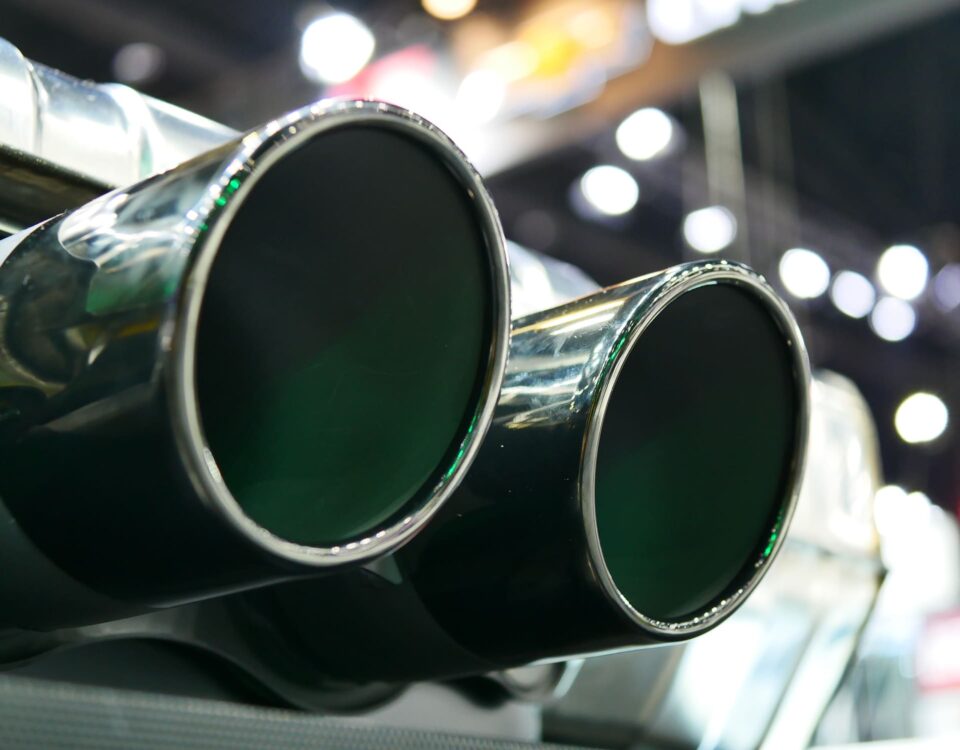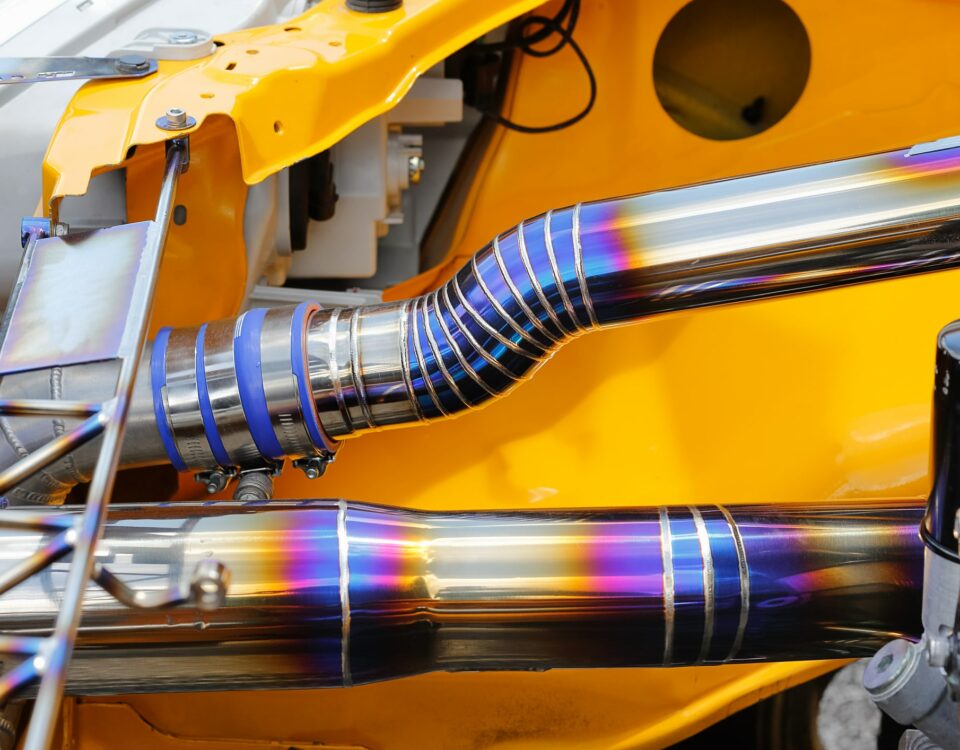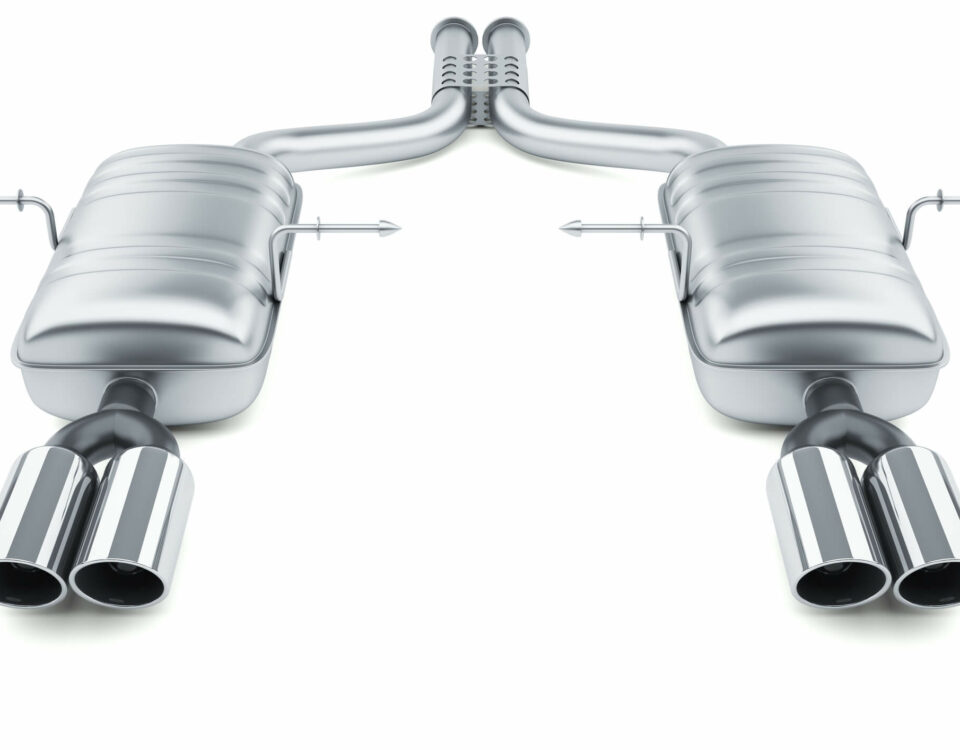Maximizing Engine Performance: The Impact of Performance Exhaust Systems
When it comes to evaluating a car’s performance, one metric stands out as the ultimate game-changer: horsepower. It’s the key to unlocking top-speed thrills, lightning-fast acceleration, and an overall more exhilarating driving experience. It’s no surprise that many enthusiasts prioritize boosting their car’s horsepower as one of the first upgrades.
Enhancing horsepower involves a range of modifications to the engine and its components, from fine-tuning the engine management unit and adding intercoolers to upgrading injectors and more. However, one standout upgrade that can make a significant impact on both horsepower and overall performance is the installation of performance exhaust systems.
In this article, we’re going to take a deep dive into the global realm of performance exhaust systems, exploring how they have the potential to elevate your car’s performance and transform your driving experience into something truly extraordinary.
Benefits of Performance Exhaust Systems
Several unexpected advantages of putting a performance exhaust system in the vehicle include:
A Better Sound
By installing bigger tailpipes or larger exhaust pipes, many exhaust changes aim to increase the volume and sound of cars. However, any changes to your exhaust system that remove required components, such as “straight pipe” or “silencer delete” adjustments might go against UK rules on sound limitations for cars.
Horsepower Growth
Performance exhaust systems may boost horsepower by lowering back pressure in your engine, but they won’t improve your car’s performance as much as a turbo or supercharger will. Even though your engine needs back pressure to run, lowering it and enhancing airflow through your exhaust system makes your engine operate harder and more productively.
Growth in the Fuel Economy
Your car’s fuel economy may be increased by installing aftermarket exhaust systems since they increase airflow to the motor and promote cleaner fuel combustion. Once more, altering your exhaust could not make an enormous impact (many drivers claim an improvement in fuel efficiency of 1-2%), but it’s one more incentive to think about doing so.
Enhancing Engine Performance
Performance exhaust systems essentially improve exhaust gas flow to improve engine performance. These kinds of systems often have smoother, larger pipes with mandrel bends, which lessen backpressure & exhaust constraints. As an outcome, the engine’s ability to properly discharge exhaust gases improves airflow and fuel-air combustion. As a result, the vehicle’s horsepower and torque improve, providing it with greater torque and responsiveness. Some performance exhausts also come with high-flow catalytic converters, which significantly loosen regulations while maintaining emissions compliance. Additionally, the power-to-weight ratio of the vehicle is improved by the weight reduction in these components, which is frequently brought on by the incorporation of components like titanium or stainless steel. Even if it isn’t necessarily related to performance, the improved exhaust note can nonetheless improve the entire driving experience and provide the impression of more power. A performance exhaust system is an attractive choice for enthusiasts wishing to increase their car’s potential because it may considerably improve engine performance when combined with specialised tuning along with additional performance improvements.
Installation of Performance Exhaust Systems
Placement of performance exhaust systems is a multi-step, extensive operation. Start by gathering all the equipment and supplies required, such as the new exhaust system, gaskets, clamps, and protective gear. Make a secure lift for the car employing jack stands and a jack. The old exhaust system should next be gently removed, working your way backwards from the exhaust manifold or headers and noting any hangers or brackets which have to be removed. After that, install the brand-new performance exhaust system in reverse order, being sure to utilise fresh gaskets & hardware to ensure a tight fit. Clamps are used to join the various components of the new exhaust system, and they must be correctly tightened to avoid leakage. To stabilise the exhaust system while preserving appropriate alignment, reattach the rubber hangers or the supplied brackets. Start the car and check for any exhaust leaks, making any required connection adjustments. In order to ensure that the freshly installed performance exhaust system is correctly positioned and that all connections, clamps, and hangers are in place, lower the car last.
Popular Exhaust System Upgrades
Car enthusiasts who want to enhance their car’s performance, sound, and appearance frequently choose for renowned exhaust system improvements. Among the most prominent exhaust system improvements are listed below:
Performance Mufflers:
Investing in a high-performance muffler can improve exhaust flow, lower backpressure, & produce a powerful exhaust note, also known as a “growl” or “roar.” Companies like Flowmaster and Borla provide a range of choices.
Cat-Back Exhaust Systems:
A cat-back exhaust system (also known as a catalytic converter back) substitutes the exhaust parts from the catalytic converter to the tailpipe. It often has performance mufflers & pipes with a bigger diameter, which optimises airflow & enhances sound. Cat-back systems are widely used by companies with names like MagnaFlow and Corsa.
Headers:
Performance headers take the place of the exhaust manifolds from the factory. These have more rounded bends and frequently have larger primary tubes that improve the movement of exhaust gases and improve horsepower and torque. Excellent headers are available from companies like Hedman and JBA.
High-Flow Catalytic Converters:
Using high-flow catalytic converters can boost performance while reducing exhaust limits while maintaining emissions compliance. High-flow catalytic converters are well-known for being made by companies like Walker and MagnaFlow.
Exhaust Tips:
Adding fashionable exhaust tips to your car’s back end can enhance the way it looks. You can alter the appearance of the exhaust system with their varied sizes, shapes, and finishes.
X-Pipes and H-Pipes:
The addition of X-Pipes and H-Pipes to the exhaust system assists in regulating exhaust pulses and enhance scavenging, this can boost performance all around and produce a distinctive exhaust tone. Performance headers are frequently utilised in conjunction with them.
Electric Cutouts:
By opening or closing a valve in the exhaust system, electric exhaust cutouts let you regulate the exhaust flow. With a click of a button, it may alternate between a peaceful street mode and a loud, aggressive mode.
Turbocharger or Supercharger Exhaust Systems:
Exhaust systems made specifically to work with turbochargers or superchargers may boost performance and sound in forced induction applications.
Final Words
In order to maximise engine performance, performance exhaust systems are essential. These improvements, which range from headers and cat-back systems to high-performance mufflers, optimise exhaust flow, lessen backpressure, as well as boost engine efficiency. More horsepower, torque, and a distinctive exhaust tone are the end results, which not only enhance a vehicle’s performance but also improve the driving experience as a whole. Car enthusiasts may maximise the performance of their motors and propel their cars to new levels of power and response by meticulously choosing and installing the appropriate exhaust parts.



